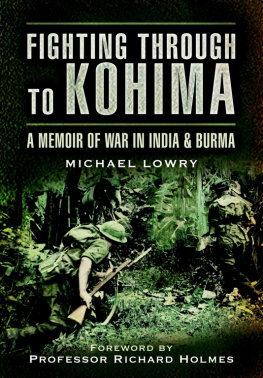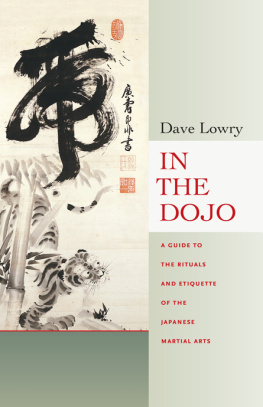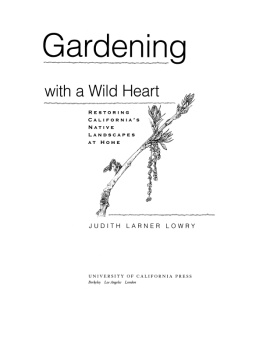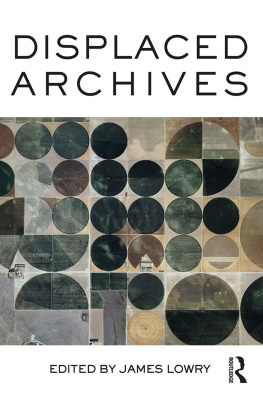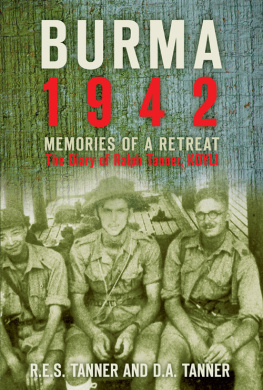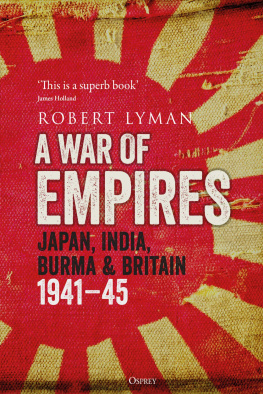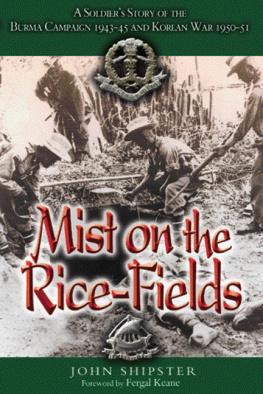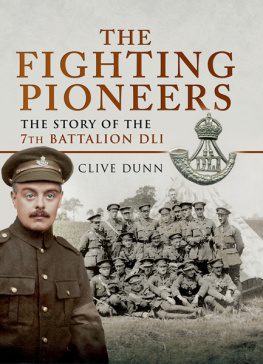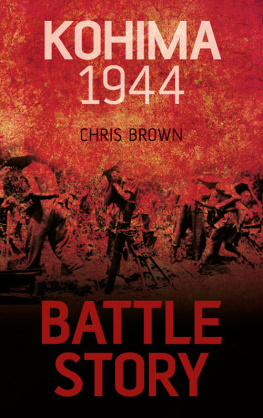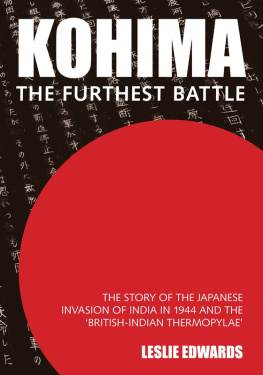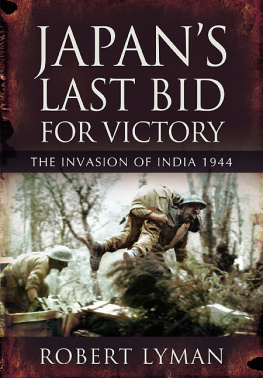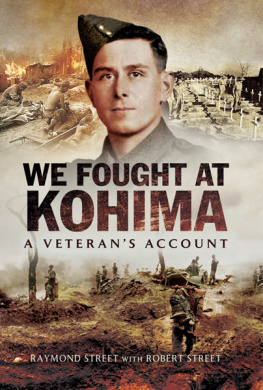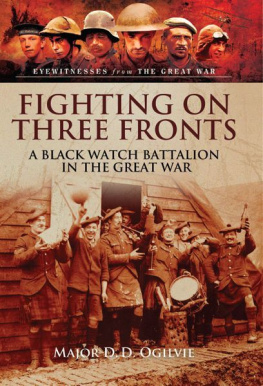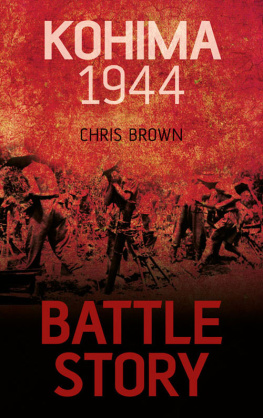Acknowledgments
I am fortunate that I have not had to rely on my memory too much when writing this book. It has been a habit of mine to make a note of events that I thought were noteworthy.
The factual elements have for the most part been taken from diaries I kept on the North West Frontier of India and in the war against the Japanese in Arakan and through to Kohima in 1943 and 1944. The latter diary was published as a book in 1950 with the blessing and a Foreword by the Colonel of The Queens Royal Regiment, General Sir George Giffard GCB DSO; but that book has been out of print for about thirty years.
However, I have to say that the diary I kept in some detail whilst in Arakan and Kohima, was not my initiative: I shrank from keeping one as I thought I was too busy! But it was the second-in-command of my B Company, Captain Tiny Taylor (no one knew his first name, he was of course a tall man) who prevailed on me and said I really ought to keep a record of the interesting events that were happening even before we met the Japanese. To influence his request, Taylor presented me with an A4 size exercise book; and my soldier-servant (batman), Private Kingshott, then bound it in khaki cloth so efficiently that it weathered a monsoon and kept me busy in dull moments. And now today, sixty years older, the Diary which now deserves a capital D, sits in my desk and looks as young as many old people feel but cant gallop about.
Fortunately I discovered that my mother could never throw any papers away. Among them were my fathers letters to her, his fiance, from England and France during the First World War. Before my parents died in the late 1970s, they handed back to me all the letters that I had written to them during the Second World War.
My parents could never have met but for that First World War, and so I have begun my story with Sarajevo 1914, five years before I was born. Twenty years later my generation became involved in the Second World War.
This story covers some operations on the North West Frontier of India. Undoubtedly those hard, fit-making, disciplined months in very cold and very hot conditions gave 1 Queens, and my B Company in particular, the ability to prove itself superior to the Japanese soldier from the earliest days of contact.
Over many years a number of ex-soldiers who were with me, and indeed some from outside the Regiment, have asked me for a copy of the original diary, but it no longer exists. Their requests, and those of the younger generation have encouraged me to write, making use of material and facts that have come my way, which I hope I have united with some accurate hindsight.
Some other memories have also played a part and have reinforced mine. I am very grateful for the views and comments of those who have helped me in recent times: Tony Lynch-Staunton, who had been my Company Commander on the North West Frontier, and kept us fairly sane with his anecdotes. And those in Burma: the late Dick Kensington who was our gallant Adjutant; Jack Sumner MC, our Medical Officer, who took our first prisoner of war in Arakan by knocking him out; Harry Haines, our 3 inch Mortar Platoon Commander, who supported all our actions with devastating accuracy; and Graham Polkinhorne, the Battalion Signals Officer, who always kept us in touch in spite of difficult conditions. And the Reverend Joe Mullins MC, an officer with me, who in due course took over my B Company and gave me details of the Companys progress and the very last battle it fought a week or so before the Japanese surrender.
I am particularly grateful to Colonel Michael Osborn DSO OBE for his painstaking work and detailed observations of the manuscript, and also to Michael Baddeley for his work and pertinent suggestions. It was very kind of Colonel Donald Eastman MC, who Commanded D Company of the 4th Battalion The Queens Own Royal West Kent Regiment to give me permission to paraphrase and quote from the citation he wrote which earned Lance Corporal Harman his posthumous Victoria Cross, whose bravery he witnessed.
At a 7th Indian Division lunch party in 2001, I found myself sitting next to the son of the late Colonel John Shipster CBE DSO, whom I knew; as a young officer he had earned his Distinguished Service Order for bravery in Arakan. His son, Michael, was interested to read my original Diary, and very kindly said that I had a story to tell. I wish to thank Michael Stancomb for coming to my rescue on a number of occasions when I have had a computer problem; as also did my son Rob guide me over the telephone from time to time.
I shall always be grateful to Professor Richard Holmes CBE TD, the Colonel of the Princess of Waless Royal Regiment, the successor Regiment to mine, for the Foreword he has very kindly written for this book.
I acknowledge the books referred to in the Bibliography, as I have been able to draw on them for atmosphere and for some facts. I am also very grateful to Tom Hartman, the editor of this book. He has a wealth of experience and has diplomatically put me on the correct path where necessary.
My thanks to the Imperial War Museum for permission to reproduce some of their photographs in this book. Also to Brigadier Bruce Jackman, OBE, MC, the Honorary Secretary of the Sirmoor Club, for the photograph of Brigadier Loftus-Tottenham, DSO.
For all the help and advice I have received I am most grateful, but I am the one that is responsible for what has been written. Within the pages of the book, I refer to the remarkable British soldier, without whose loyalty and dedication I would not have a story. My children, Susie, Trish and Rob have been saying over many years: Dad, you must write it down or we shall lose it. This book is dedicated to them.
Bibliography
John Colvin, Not Ordinary Men, The Battle of Kohima reassessed .
Major R.C.J. Foster, The Regimental History of The Queens Royal Regiment, Vol VIII, 19241948.
Sir Martin Gilbert, First World War .
Christopher Lee, This Sceptered Isle .
Major M.A. Lowry, An Infantry Company in Arakan and Kohima .
Sir Fraser Noble, Something in India .
John Nunneley and Kazuo Tamayama, Tales by Japanese Soldiers .
Lieutenant Colonel Frank Owen, The Campaign in Burma .
Brigadier M.R. Roberts, Golden Arrow, the story of the 7th Indian Division in the Second World War
Field Marshal the Viscount Slim, Defeat into Victory
Brigadier Sir John Smyth VC, The Valiant
History of the 8th North Staffordshire Regiment
Arthur Swinson, Kohima
W Beach Thomas, With the British on the Somme
War Diaries of the 1st Battalion The Queens Royal Regiment, 19401945
References
Prologue
Lieutenant Colonel de Wiart had already fought in South Africa and Somalia before the Second World War. He had been wounded eleven times, including the loss of eye and his left hand. In the Second World War he saw active service in Norway and was taken prisoner on his way to Yugoslavia. He became Lieutenant General Sir Adrian Carton de Wiart VC, CMG, DSO
In the context of the white feather, I must mention the book The Four Feathers by A.E.W. Mason. This romantic story of cowardice and bravery is centred on the campaign in the Sudan in 1885, when the British were fighting the Dervishes to relieve Khartoum. The gift of a white feather illustrated the stigma of a coward in the mind of the donor.
In addition to its cricket ground, White Waltham had an airfield. Enthusiastic weekend pilots were training to fly and have fun. Here, and at other airfields around Britain, many of these pilots became caught up in the RAFs defence of the country during WW2.

